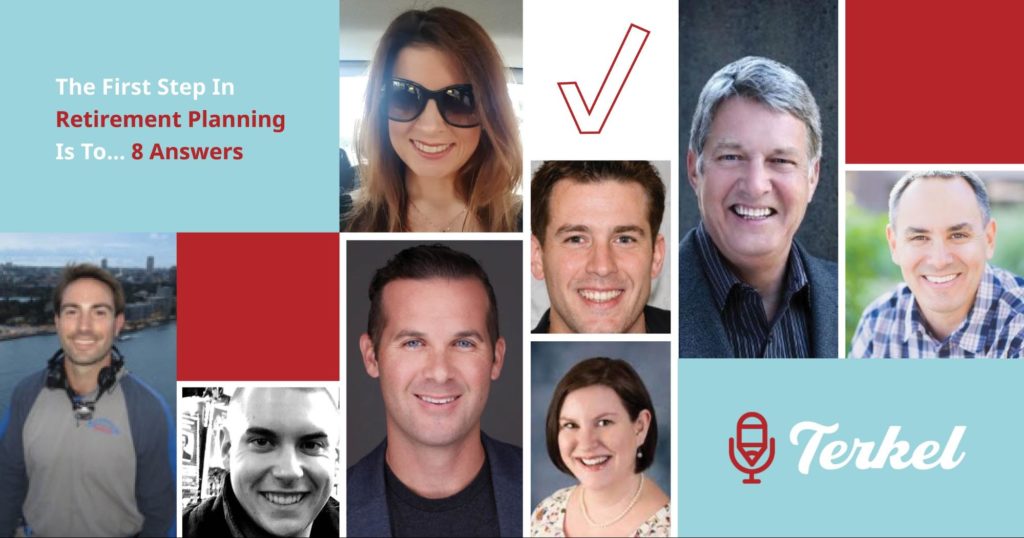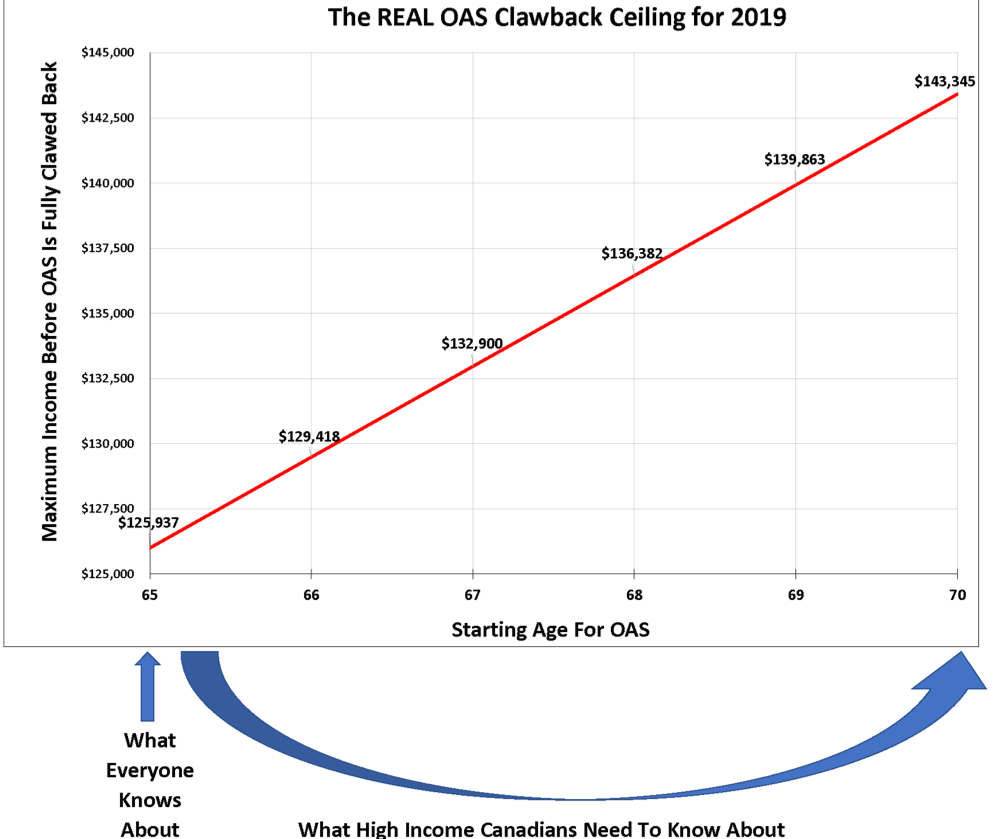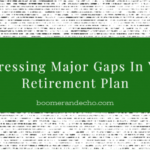 A good majority of my clients reach out to me looking for retirement planning advice. They want to know if they have enough assets to retire comfortably, how much longer they should work, what type of investment strategy makes sense in retirement, when to take CPP and OAS, and how to set up tax efficient withdrawals from their savings and investments.
A good majority of my clients reach out to me looking for retirement planning advice. They want to know if they have enough assets to retire comfortably, how much longer they should work, what type of investment strategy makes sense in retirement, when to take CPP and OAS, and how to set up tax efficient withdrawals from their savings and investments.
My conversation with Kornel Szrejber for the Canadian Financial Summit this year was about addressing the major gaps in your retirement plan. Below is a summary of what we discussed – but you can check out the full interview, along with the rest of the line-up, at the Canadian Financial Summit website.
Investing is just one part of the Plan
Kornel Szrejber: A common mistake that I see Canadians make is focusing only on what investments to buy, as opposed to seeing the investments that they choose as just one piece of financial planning and their financial wellbeing. Can you talk about what trouble we as Canadians can get into, if we are only focusing on what investments to buy as opposed to looking at the whole picture?
Robb Engen: It is common for Canadians to focus on their investments rather than looking at all aspects of their finances. In fact, most of the clients that come to me want to talk about investing.Yes, investing is important. Setting up a investment strategy that matches your risk tolerance and time horizon, and more importantly one that you can stick with for the long term is crucial to your overall retirement plan. But when you step back and look at the bigger picture, you’ll see that financial planning is about so much more than investing.
It’s a comprehensive look at your spending. It’s about making sure you and your spouse are on the same page – understanding your values around money and aligning that with your spending habits. It’s about disaster proofing your life by having appropriate life and disability insurance, a will, and an emergency fund. It’s about mapping out both your short and long term goals so that you can prioritize your savings into the appropriate vehicle(s).
Attributes of an Early Retiree
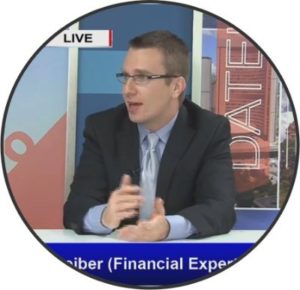
Kornel: You’ve worked with many individuals and families here in Canada. Are there any patterns that you’ve noticed between those that are struggling financially vs those that are on-track to retire early? (i.e. actionable things that people can do to be one of those that are on-track).
Robb: The people who seem to have it together tend to have a reasonably low cost of living and can max out at least their tax-sheltered accounts (RRSP/TFSA) each year. They have clearly defined short- and long-term goals that keep them focused on saving. Many have a high income, but that is not a prerequisite to a good financial future. They also automate many of their financial decisions, so they pay themselves first through automatic contributions, they set alerts to pay their credit card balance in full each month, and their investments automatically rebalance (through a robo-advisor or an asset allocation ETF).
Conversely, those who are struggling usually have some high interest debt and have trouble getting through the month without dipping into credit. They may or may not have a good handle on their expenses, but there’s just no wiggle room or margin for error. That means, when something comes up, and it always does, any progress made goes out the window and they can’t seem to get ahead. They treat credit card debt like a way of life and not like the ‘hair-on-fire’ emergency that it is. And, they typically don’t know exactly where their money is going from month to month.
Another major reason why so many people struggle financially is because their list of wants exceeds their ability to pay for them. I love the line from Paula Pant, author of the Afford Anything blog, that goes:
“You can afford anything, you just can’t afford everything.”
I think this is so true when it comes to our personal finances and all of those short-term goals and aspirations that we all have. Money is finite and we simply can’t do everything we want – at least not all at once. So, I think the people who are on track to retire early have a good sense of where their money goes and they’re able to prioritize saving for retirement while juggling all of their other short-term needs and wants.
Not enough attention paid to these Retirement Planning decisions
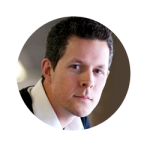
Kornel: Are there any important financial decisions that you find Canadians tend to oversimplify and make quick decisions about, when in reality they actually need thorough analysis and have a very significant impact?
Robb: Usually anything involving a bit of math. One that comes to mind is when you leave a job and whether to keep your pension or take the commuted value and invest it in a LIRA. This is not a decision where you just want to take the advice of a friend or colleague. It requires some thoughtful analysis.
This is actually a decision I’ve had to make for myself when I left my day job earlier this year, and even I sought an outside expert opinion help me decide. Another critical decision is when to take CPP. I’ve heard so many myths about CPP and that you should take it as soon as possible (i.e. at 60), but in many cases the most optimal age to take CPP is to defer it to age 70. This enhances your benefit by 42% and provides longevity insurance.
Finally, there’s the question of whether to contribute to an RRSP or TFSA. If you’re below a certain tax bracket it probably makes more sense to invest in your TFSA rather than an RRSP, and vice versa.
Impactful financial decisions
Kornel: What would you say are some of the most impactful financial decisions that we can make to set ourselves up for success? And which ones can we do ourselves vs having to seek out the help of a fee-only financial planner like yourself?
Robb: Starting to invest at a young age and, more importantly, setting up a system to make the contributions automatic. You can start with as little as $25 or $50 a month. It’s not about the starting amount, but about building the habit of saving over time. Be a savvy financial consumer and understand where incentives may be misaligned, or when the seller may not have your best interests at heart. That’s the essence of financial literacy.
Spend less than you earn, obviously, and try to avoid debt where possible. Don’t buy more house than you can afford, and if you do buy make sure you stay there for 10 years. Continue Reading…

